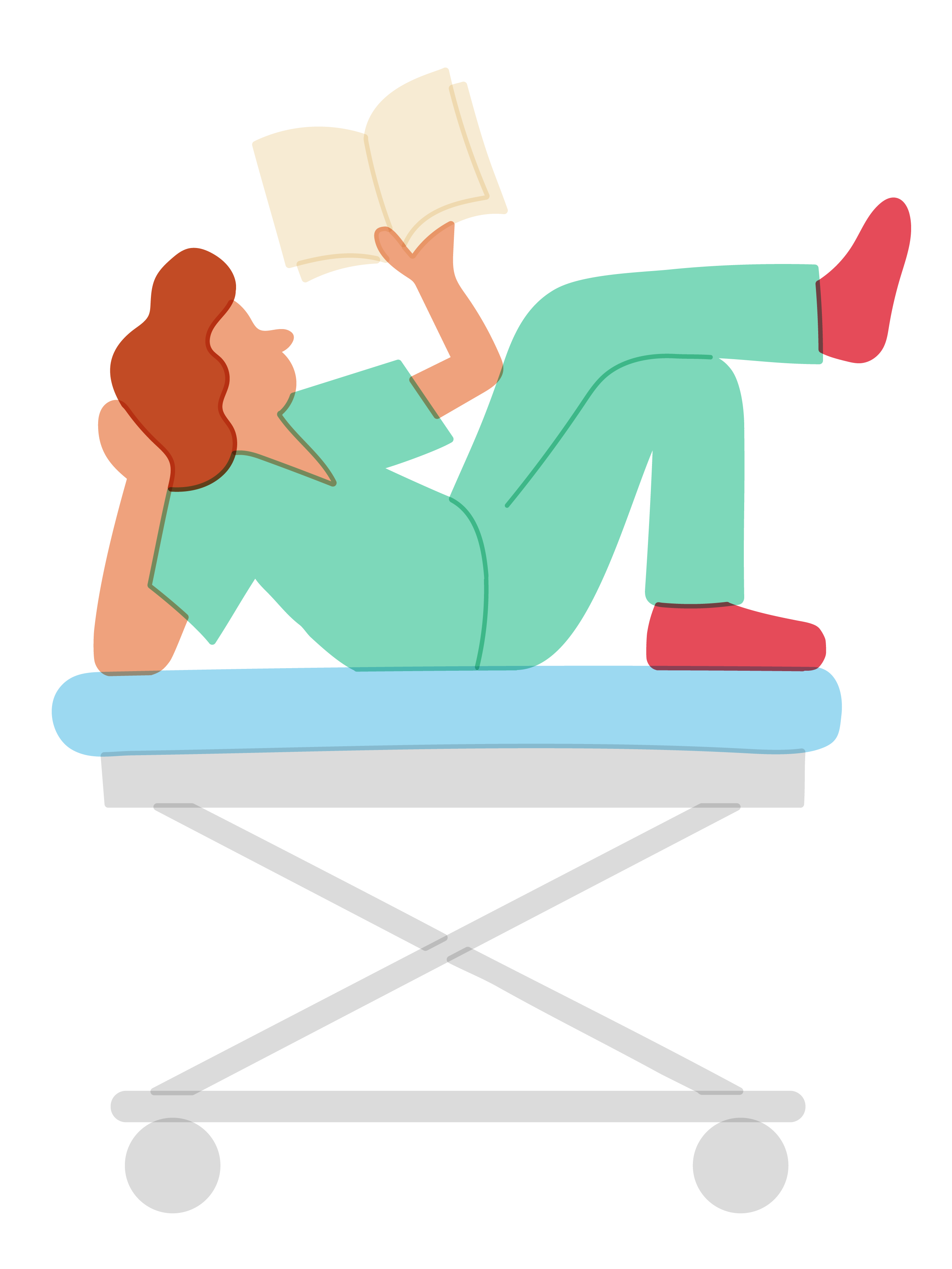Let's do a pediatric case study together!
Case Report
A 5-year-old Hispanic girl presents to the hospital for evaluation due to significant anemia. Her medical history includes a previous hospital admission at 14 months of age for worsening jaundice, an enlarged spleen, and poor growth. Despite symptomatic management, her condition has recently deteriorated, with new symptoms including increased fatigue and loss of appetite. On examination, the child’s skin and the whites of her eyes exhibit a pronounced yellow hue, and her spleen is notably enlarged. A family history reveals that a maternal cousin passed away from liver failure at the age of 4. Further diagnostic tests are ordered to identify the underlying cause.
Clinical Findings
The complete blood count (CBC) reveals a critically low red blood cell count, with a hemoglobin level of 6.6 g/dL (the normal range is approximately 12-16 g/dL). A peripheral blood smear shows abnormally shaped red blood cells with spiky projections. Liver function tests indicate elevated markers consistent with hepatic injury.
Biochemistry Background
Jaundice, characterized by yellowing of the skin and eyes, results from an excess of bilirubin in the bloodstream (hyperbilirubinemia). Bilirubin is a byproduct of heme breakdown, produced when aged red blood cells are destroyed. Normally, the liver processes bilirubin and excretes it as bile. However, in this patient, several potential factors could be contributing to the elevated bilirubin levels, including liver dysfunction, obstruction of bile flow, or excessive breakdown of red blood cells. Identifying the precise cause in this case is essential for developing an appropriate treatment plan.
Further Questions
Q1. Red blood cells must be flexible to pass through narrow capillaries without rupturing. How does the altered shape and rigidity of the patient’s red cells, stemming from their abnormal lipid composition, contribute to her symptoms?
Q2. This patient’s condition is diagnosed as spur cell anemia, a disorder typically seen in adults with severe alcoholic liver disease, which disrupts enzyme synthesis involved in regulating cholesterol content in red cell membranes. Given that this patient is not an adult and has no history of alcohol consumption, how might her condition be explained?
Q3. What dietary modifications or supplements might be recommended to support this patient’s condition, considering her anemia and liver involvement?
Solutions
- The abnormal red cell morphology leads to their premature destruction (hemolysis), which in turn elevates bilirubin levels, causing jaundice. The resulting anemia reduces oxygen delivery, contributing to the patient’s fatigue. The spleen, responsible for filtering damaged red cells, becomes enlarged. The liver, overburdened by the excess bilirubin, begins to show signs of damage.
- The patient’s family history suggests a possible genetic mutation affecting an enzyme crucial for maintaining proper cholesterol levels in cell membranes. This defective enzyme likely underlies the abnormal red cell characteristics seen in this case.
- To support the patient’s anemia and liver issues, dietary changes are essential. Incorporate iron-rich foods such as lean meats, beans, and spinach to address low hemoglobin and add folic acid and vitamin B12 sources like leafy greens and eggs to promote red blood cell production. Additionally, antioxidants from berries and green tea may protect the liver, while staying hydrated aids in eliminating excess bilirubin and supporting liver function. These adjustments will help improve anemia, support liver health, and alleviate related symptoms.


Comments